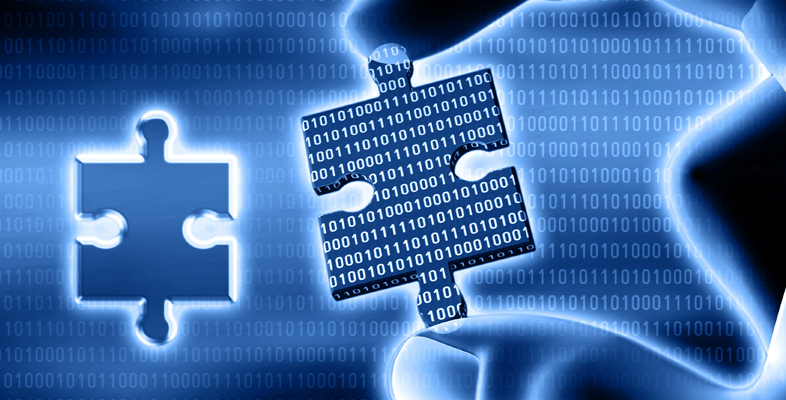3.2 The role of the court
The case of R v Adams in Activity 8 illustrates that scientists and the courts have entirely different functions. You have already seen what scientists do: they try to produce a universal explanation using a set of procedures, which are capable of replication and testing. The court’s job is to adjudicate on specific issues between the parties, or in the criminal courts, determine whether the prosecution has shown on the basis of evidence presented and accepted to a sufficient standard that a specific, identified crime has been committed.
It is fundamental to the operation of the courts that once it reaches its decision, that decision is final. This is true unless there are profound and obvious grounds for appeal. There is a sound policy reason for this. It would be unfair to the participants in a civil case, and even more unfair to someone accused of a crime, if a court could, several months or years after reaching its decision, be allowed to say: ‘Sorry, we have done a bit more thinking and we have now changed our mind’. This is sometimes referred to as the fiction of certainty.

